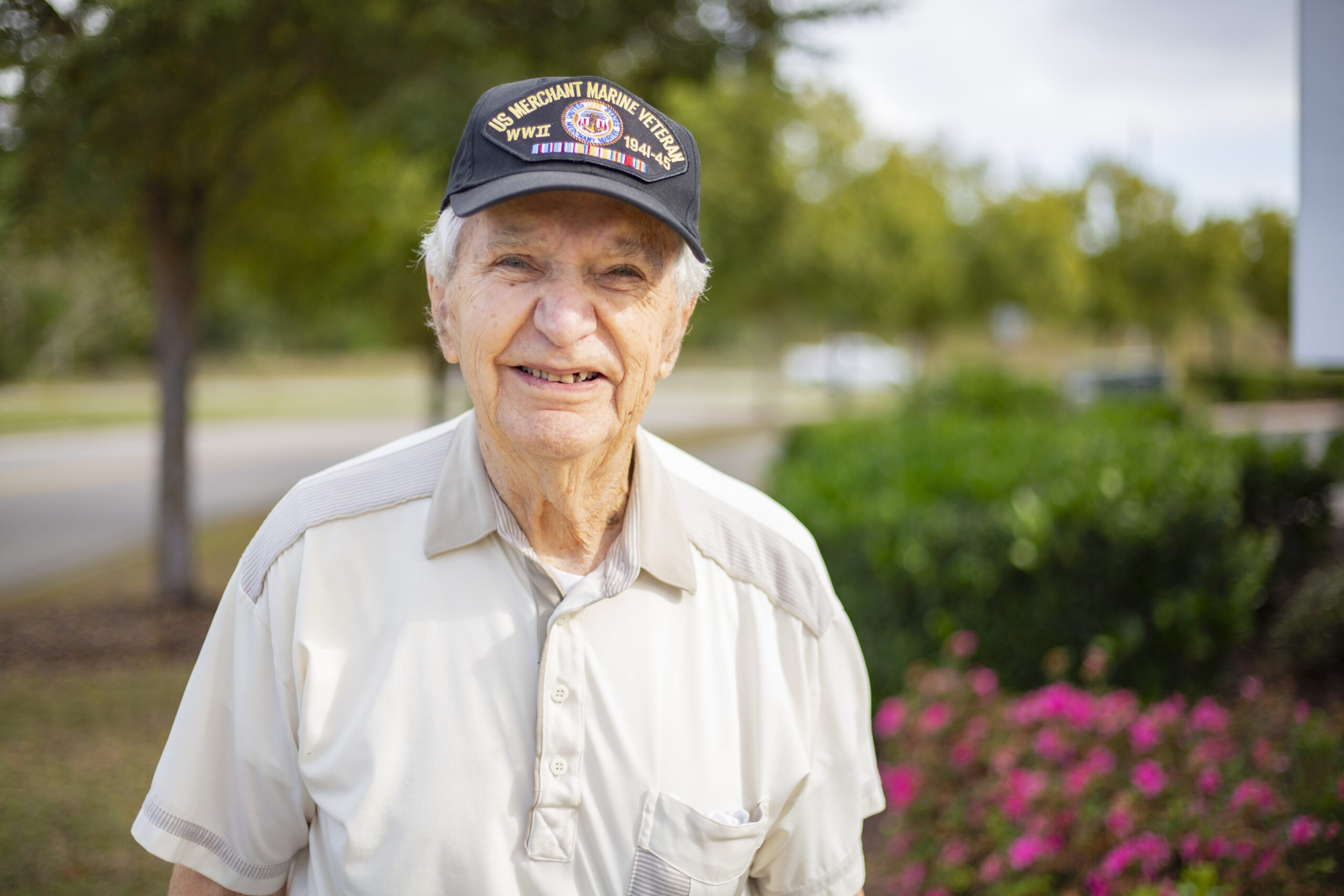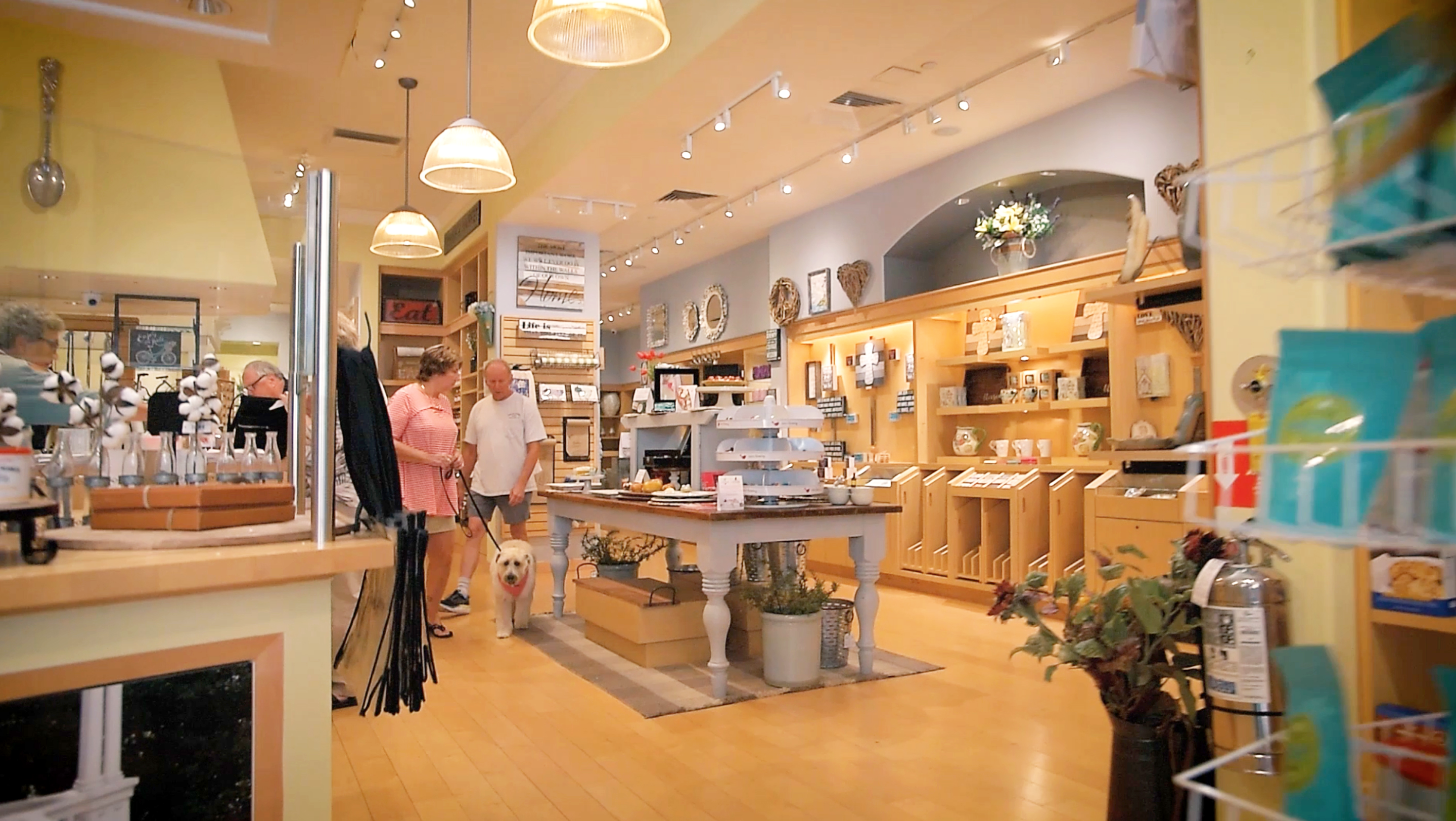Q&A with Joanne Milnor
World Traveler and Amateur Archeologist by Melissa LaScaleia Introduce me to your family. I had no children, but I did raise two husbands. But now instead of children, I have what I call my South Carolina family. One of the members is Joyce Moore, she’s like a sister to me. We’ve known each other for over 30 years and we both live here. Her children’s babies call me Aunty Jo. Where are all the places you came from? Where do you live now? I lived for fifty-five years in the Baltimore, Maryland area. But I’ve traveled to six continents and 66 countries over my adult life. And I’ve traveled to every state in the United States except North Dakota. Now I live in Indigo Creek in the Garden City area. Why did you move to Myrtle Beach? I used to vacation in Myrtle Beach. Back then, you could camp right on the beach. In 1995, my husband and I were both retired and tired of shoveling snow. I moved here and built a house in a golf community because we liked to play golf. It was an easy transition, we knew the people and where to go. What is your favorite place in Myrtle Beach? My own home. I like having people come in, I love to entertain. The best day is when friends come in for a visit and have food and wine and good conversations. What do you like the most about living here? It’s an easy place to be single and I’m single again. It’s less formal here; you can go places as a single woman and not have people looking at you. How has your lifestyle changed since moving here? It’s way more casual. What new activities have you taken up since moving here? I volunteer for the Long Bay Symphony Orchestra. I started as a season subscriber, then I joined the Symphony Guild and then served four terms over the past 20 years as president. I just chaired the War and Peace concert. What’s one thing people may not know about you? For twenty years I worked with a local archaeology group that was started at Brookgreen Gardens. I was a digger, and when I couldn’t do the digging anymore, I worked as a screener, sifting out the dirt to find the artifacts. We were trained how to do this; it’s a very formal, measured way of excavating. We excavated five different plantations in this area. Brookgreen has a display of one of our major projects. Now, when I go to a foreign country and see antiquities, I understand more of what I’m seeing.






